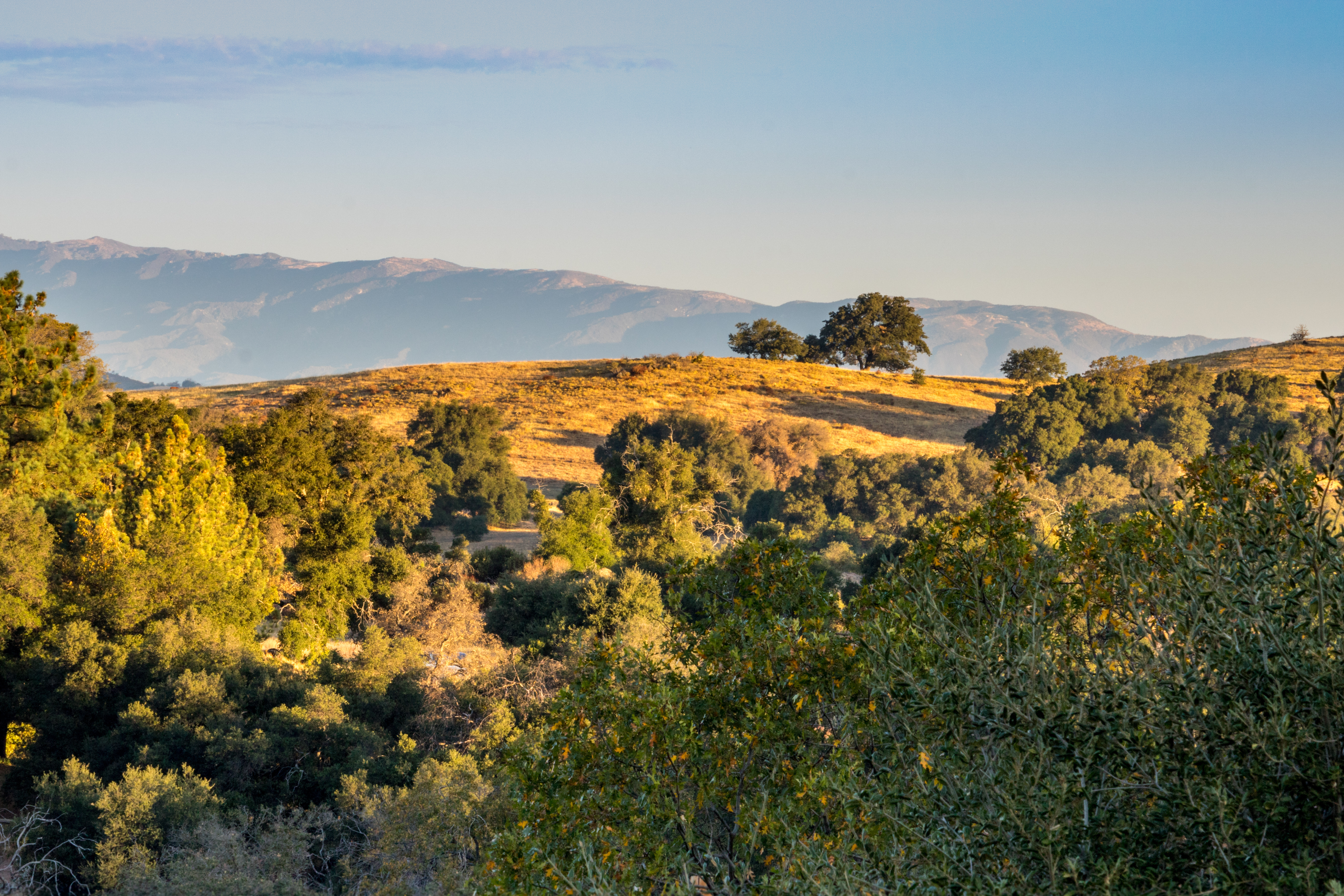Blending Science with Indigenous Ways
To Heal Our Planet, We Have to Become a Part of Nature Again

After being dispossessed of their lands as well as forbidden to speak their languages and practice their customs, indigenous peoples around the world are beginning to gain some respect for their stewardship of land, their relationships with all creatures, and the balance they maintain with the natural world. Part of this respect is being manifested in the worldwide movement known as 30 by 30, which aims to protect 30 percent of all land and waters on earth by 2030. Another aspect of this recognition is that indigenous peoples are at the forefront of almost every movement and action to protect air, land, and water from the continuing devastation of extractive industries and our consumptive economy.
Going back tens of thousands of years, native cultures have never had a concept of ownership. Native peoples saw themselves as belonging to the land, not possessing it. Today, indigenous peoples steward about one-fourth of the world’s landmass and inhabit around 85 percent of areas designated for biodiversity conservation. Their ways of seeing, knowing, and being are different from ours. We are steeped in the scientific method of learning that separates and isolates people, plants, and animals into distinct parts disconnected from land, forests, and oceans. The cultures and languages of native peoples are tied to the mutual interdependence of relationships that permeates all of existence.
Robin Wall Kimmerer, an indigenous woman and PhD botanist, brings these two approaches to understanding our world together in her book Braiding Sweetgrass. She loves the scientific approach yet embraces the notion that plants and animals are our oldest teachers. She uses beauty, mystery, and passion to celebrate our reciprocal relationship with the living world and convincingly establishes that only through such knowing can we heal the planet.
Over the past several decades, an international movement called the “rights of nature” has been gaining traction. Now, more than 30 countries, including Colombia, Mexico, New Zealand, Ecuador, and Panama, have laws that seek to grant wildlife and nature a similar legal status to that of a human or a corporation. Ecuador’s top court used “right of nature” laws to block a proposed copper and gold mining project in a protected cloud forest and halt a road construction project that was polluting a river.
In Panama, any person can be the voice of nature and have “standing” in court to halt any destructive hunting, fishing, collecting, trafficking, or trading of wildlife or plant species. Guilty parties may be fined or have their businesses shut down. These frameworks are not just punitive but mandate the prevention of future harm and the restoration of diminished populations. They are essential tools to address the biodiversity crisis.
In the past decade, the environmental movement has finally embraced environmental and social justice issues, worked with impacted communities, and started honoring non-human beings.










